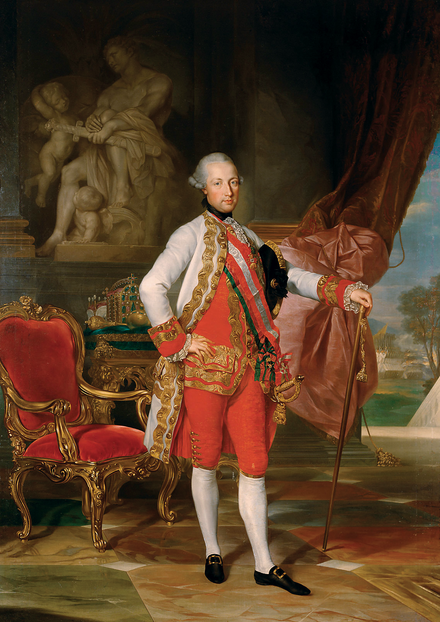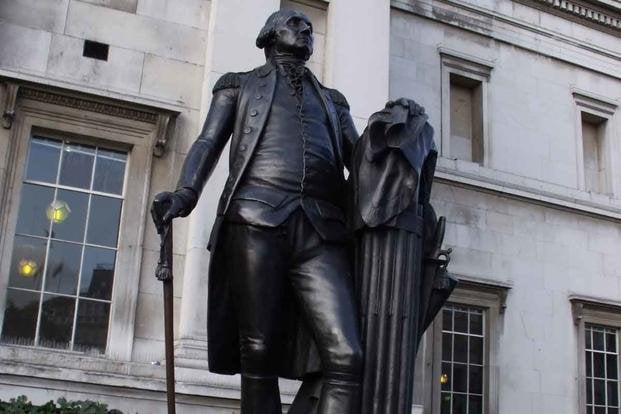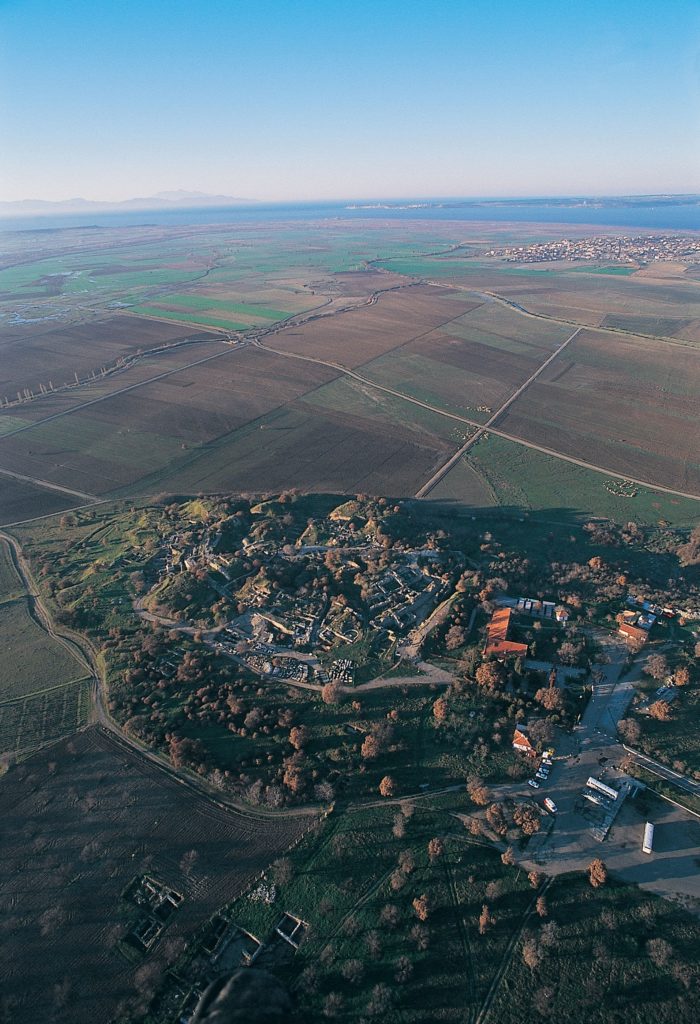In 1879 it was estimated the Oxford English Dictionary would take 10 years to complete, but in five years they’d only reached the word “Ant”. After crowdsourcing readers to help, it was completed 44 years later. The publishers now estimate it would take a single person 120 years to just type it.
Oxford English Dictionary This article is about the multi-volume historical dictionary. For other dictionaries published by Oxford University Press, see Oxford dictionary. “OED” redirects here. For other uses, see OED (disambiguation). The Oxford English Dictionary (OED) is the principal historical dictionary of the English language, published by Oxford University Press (OUP). It traces the historical […]









